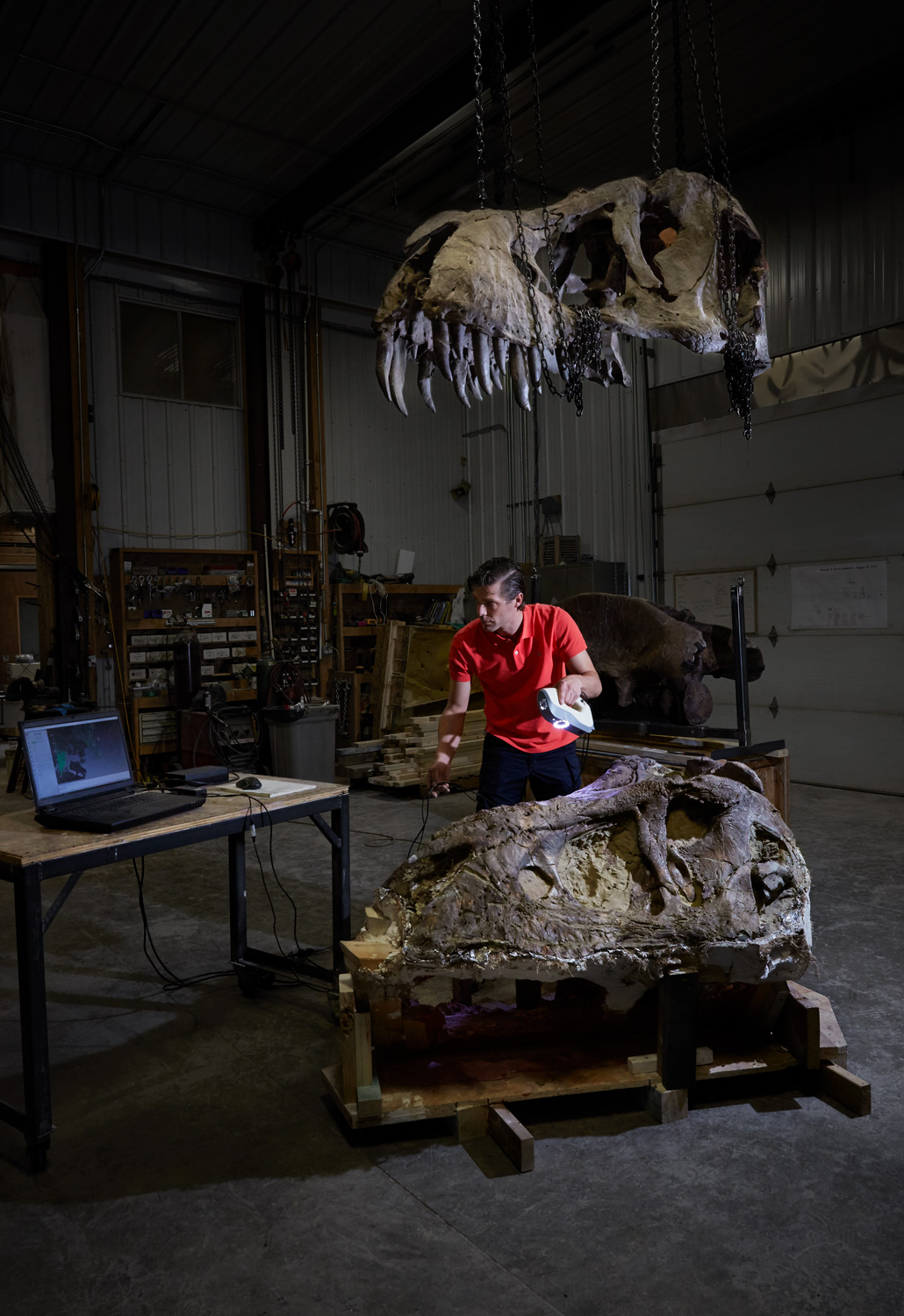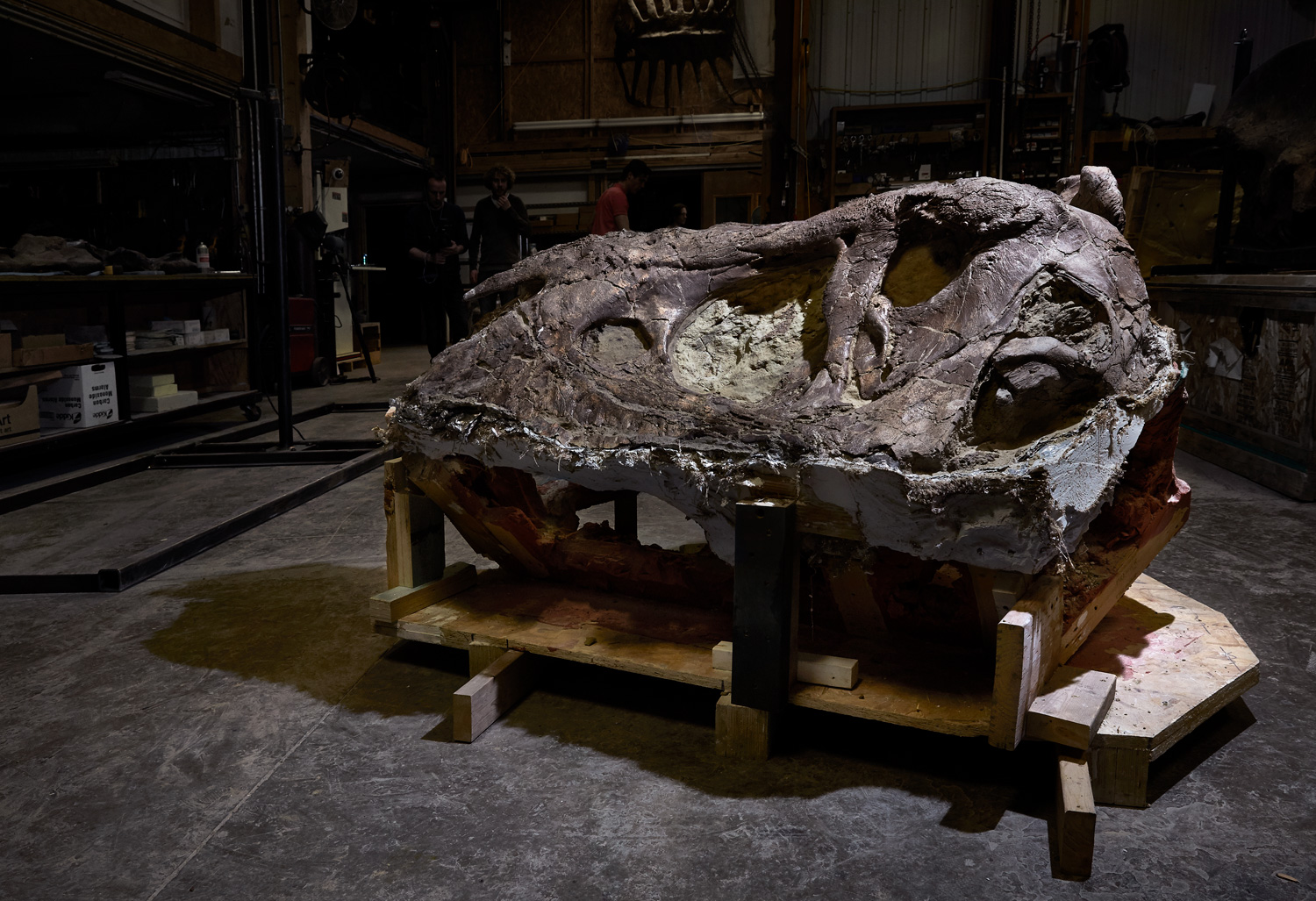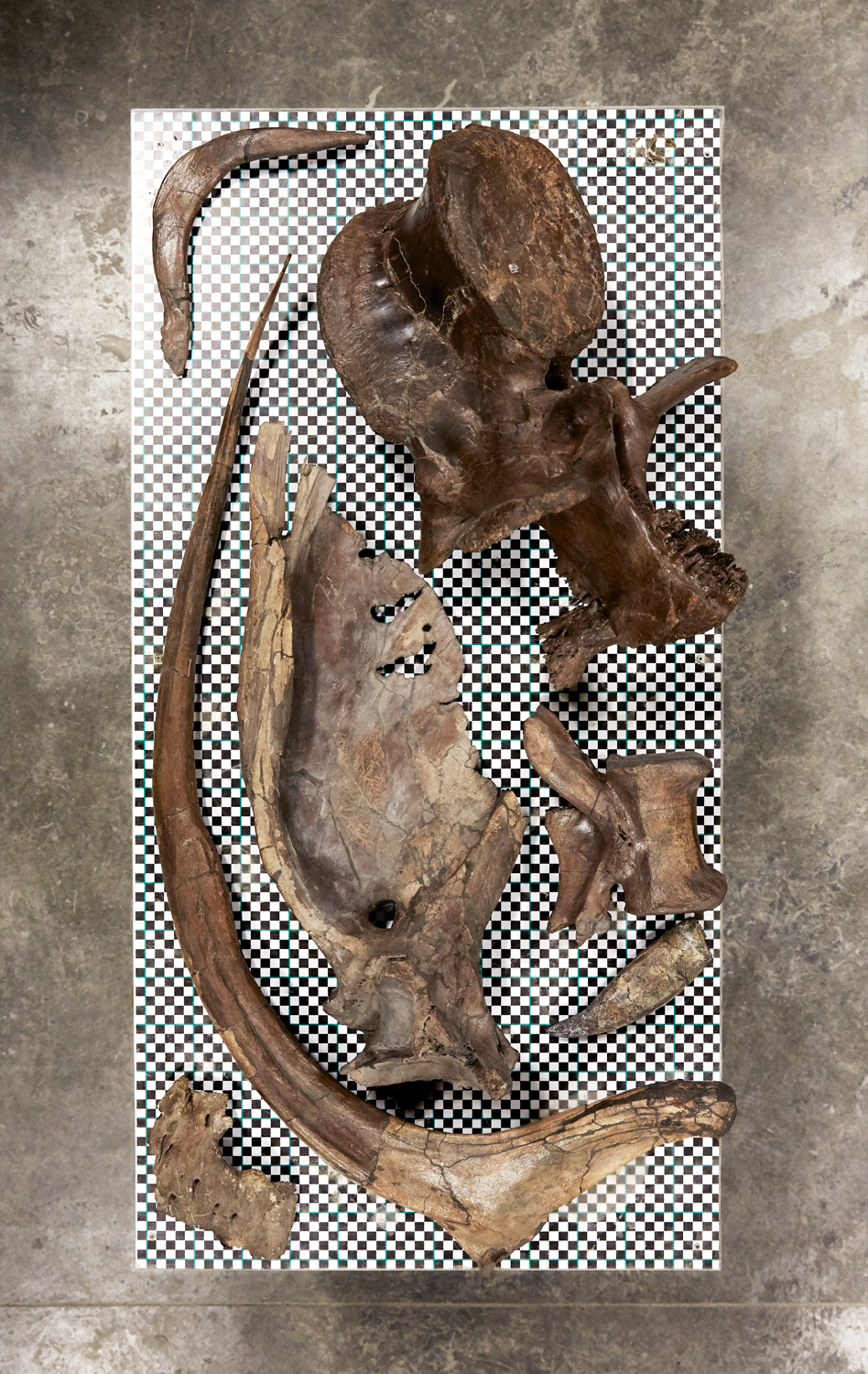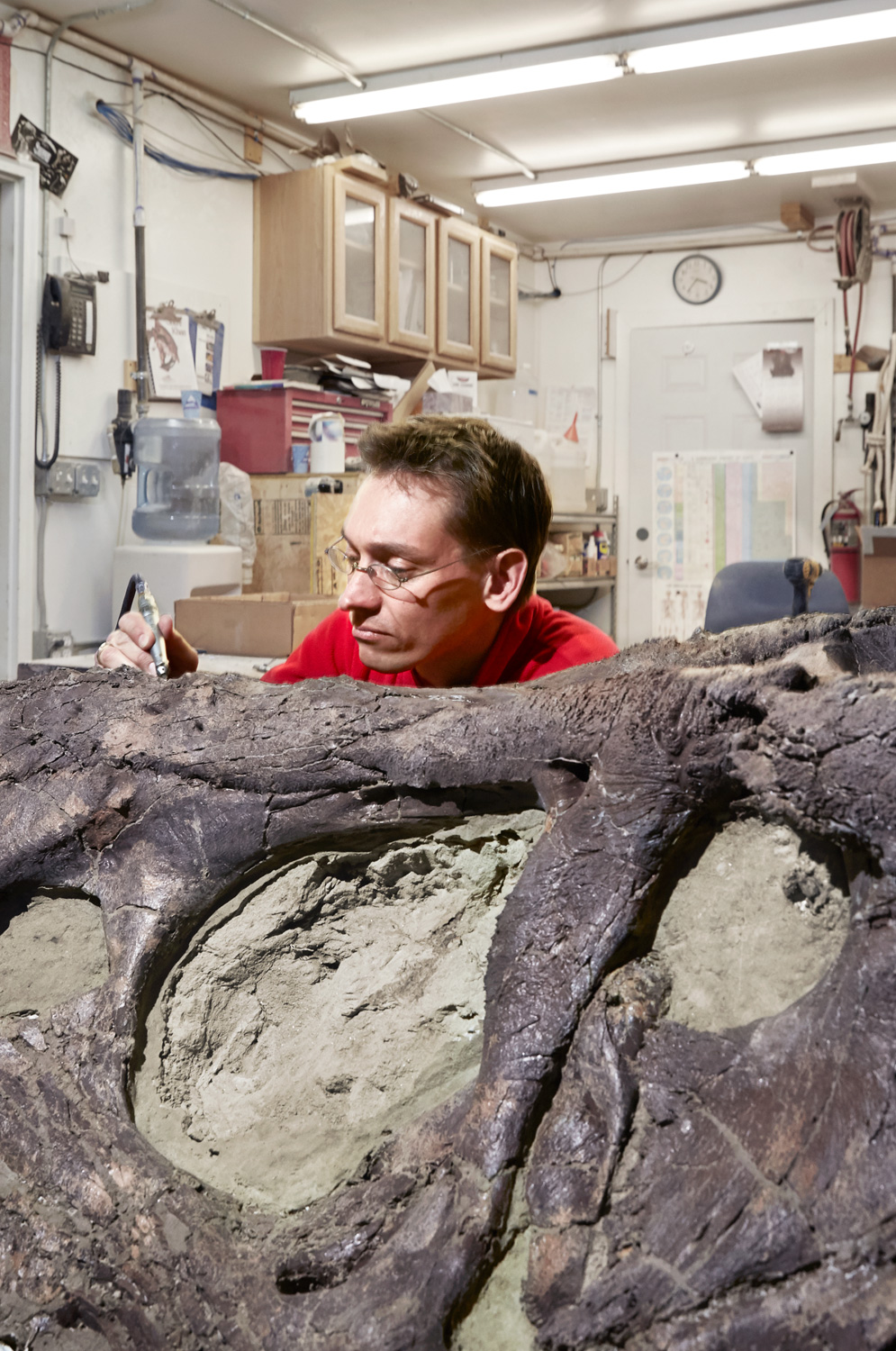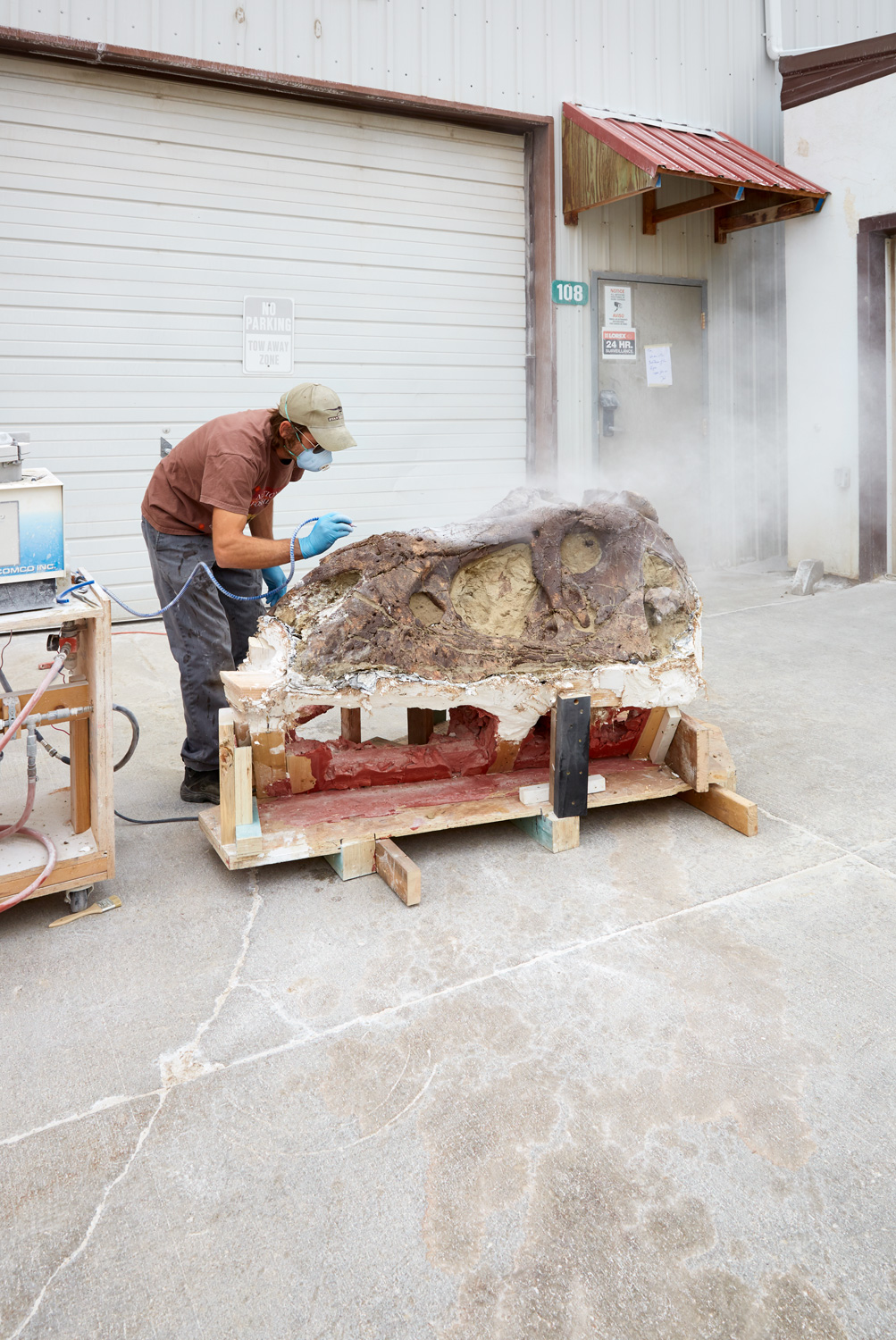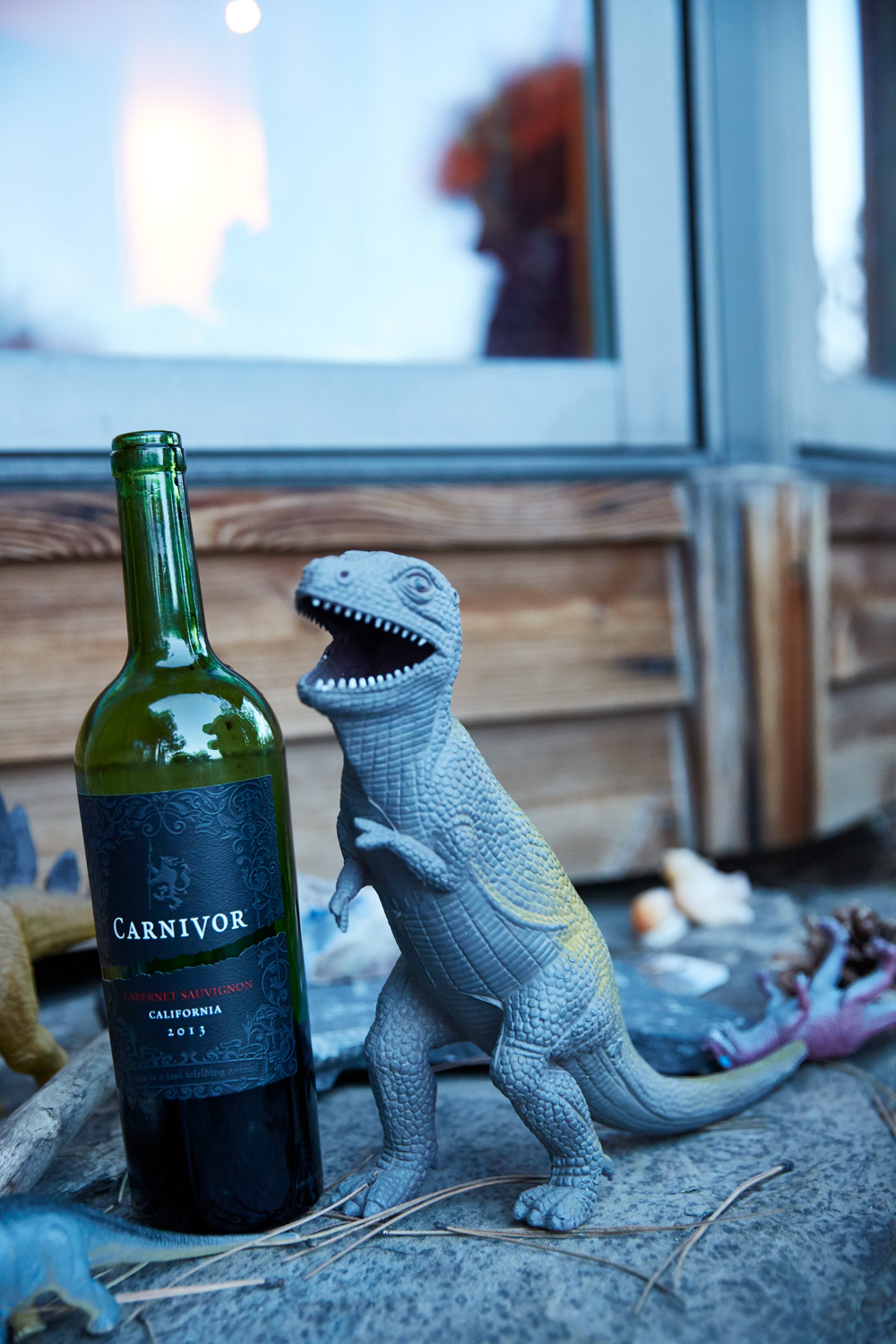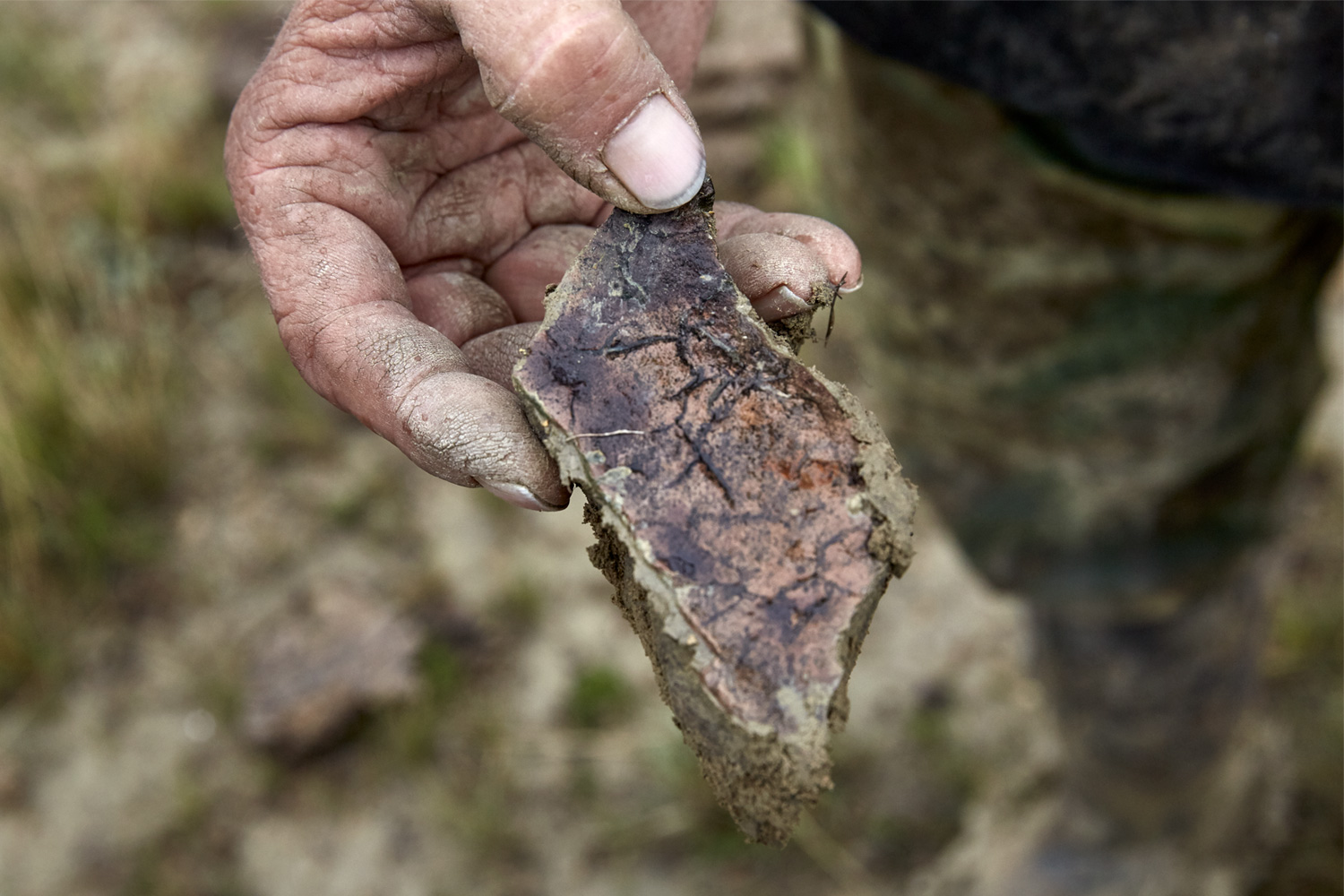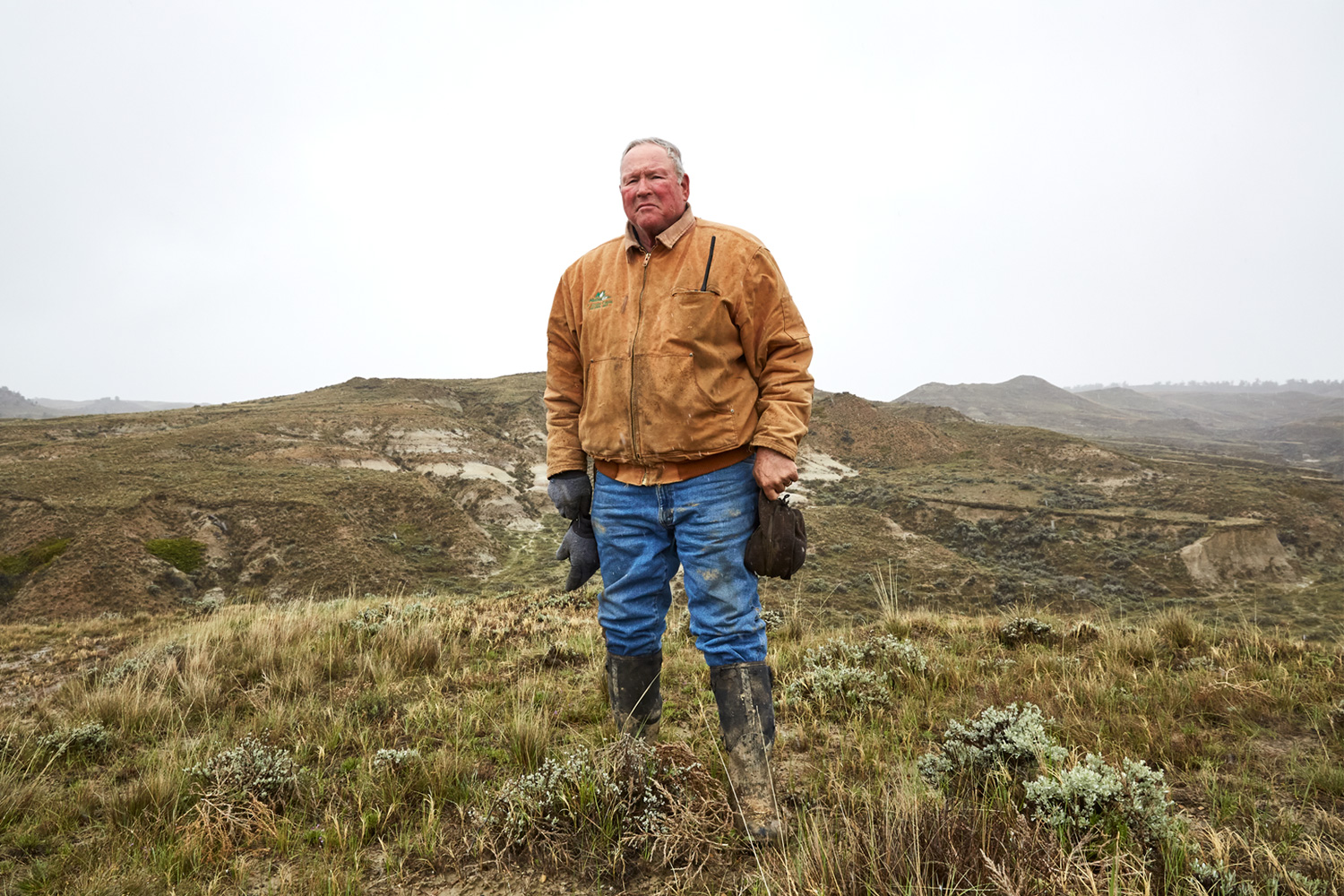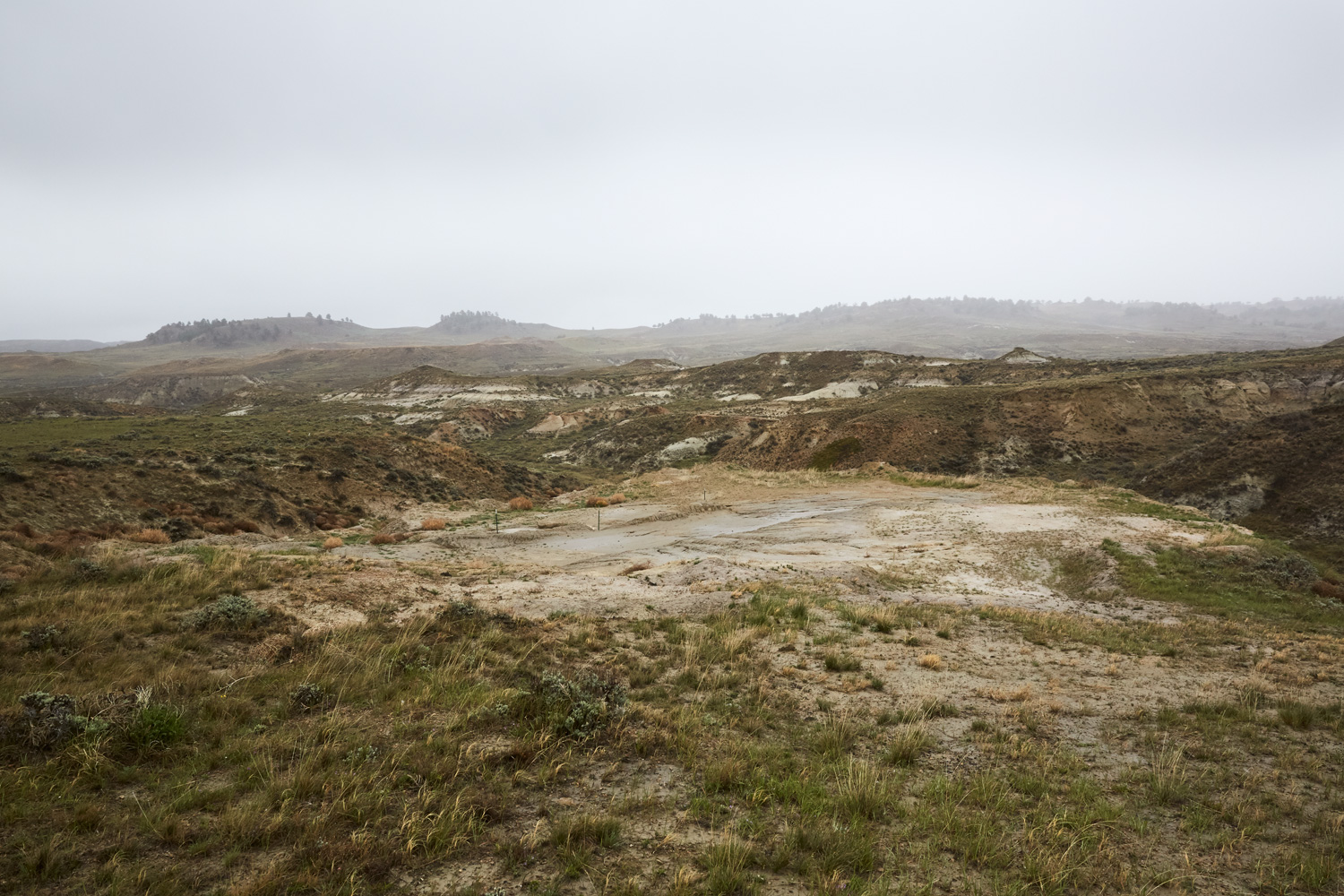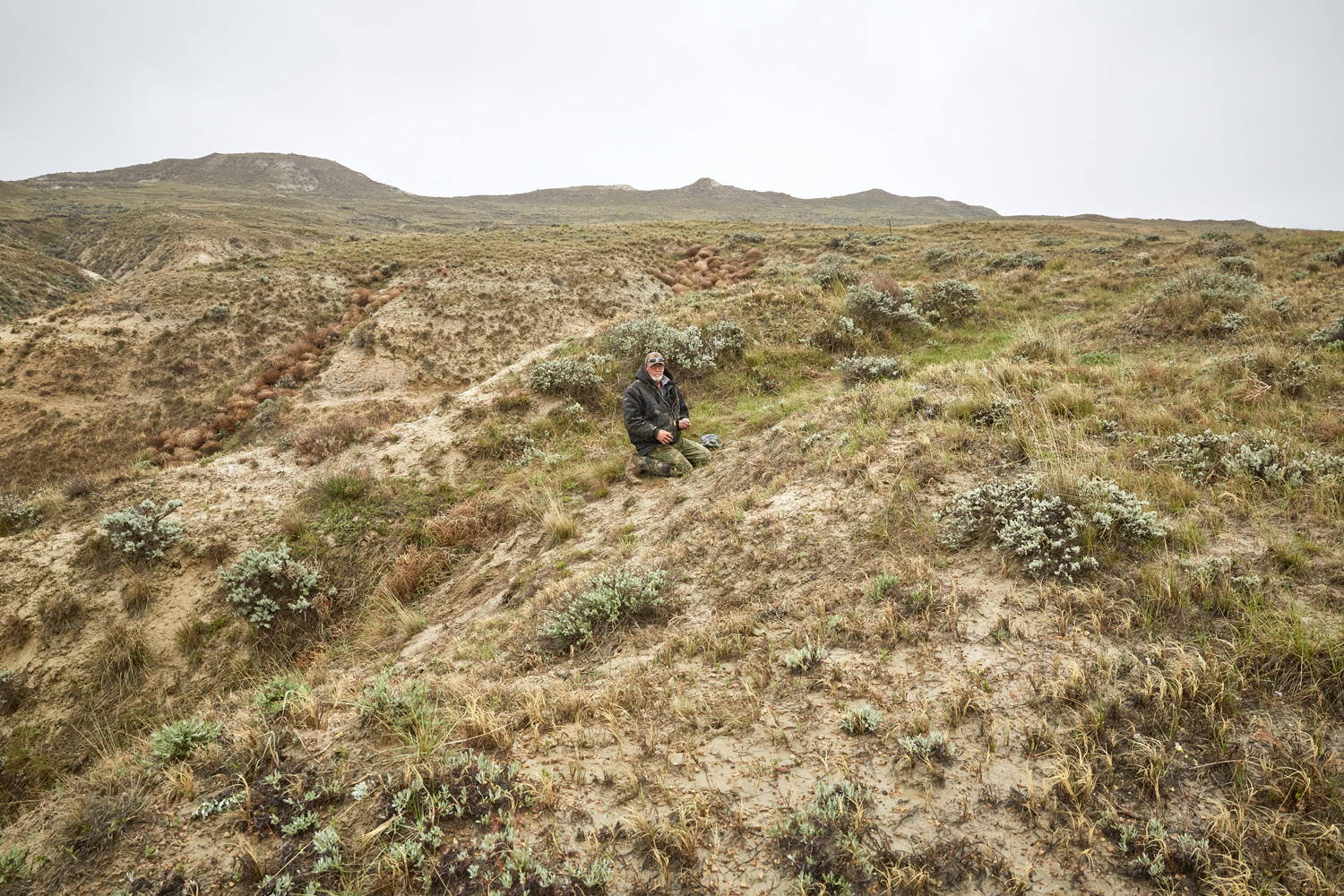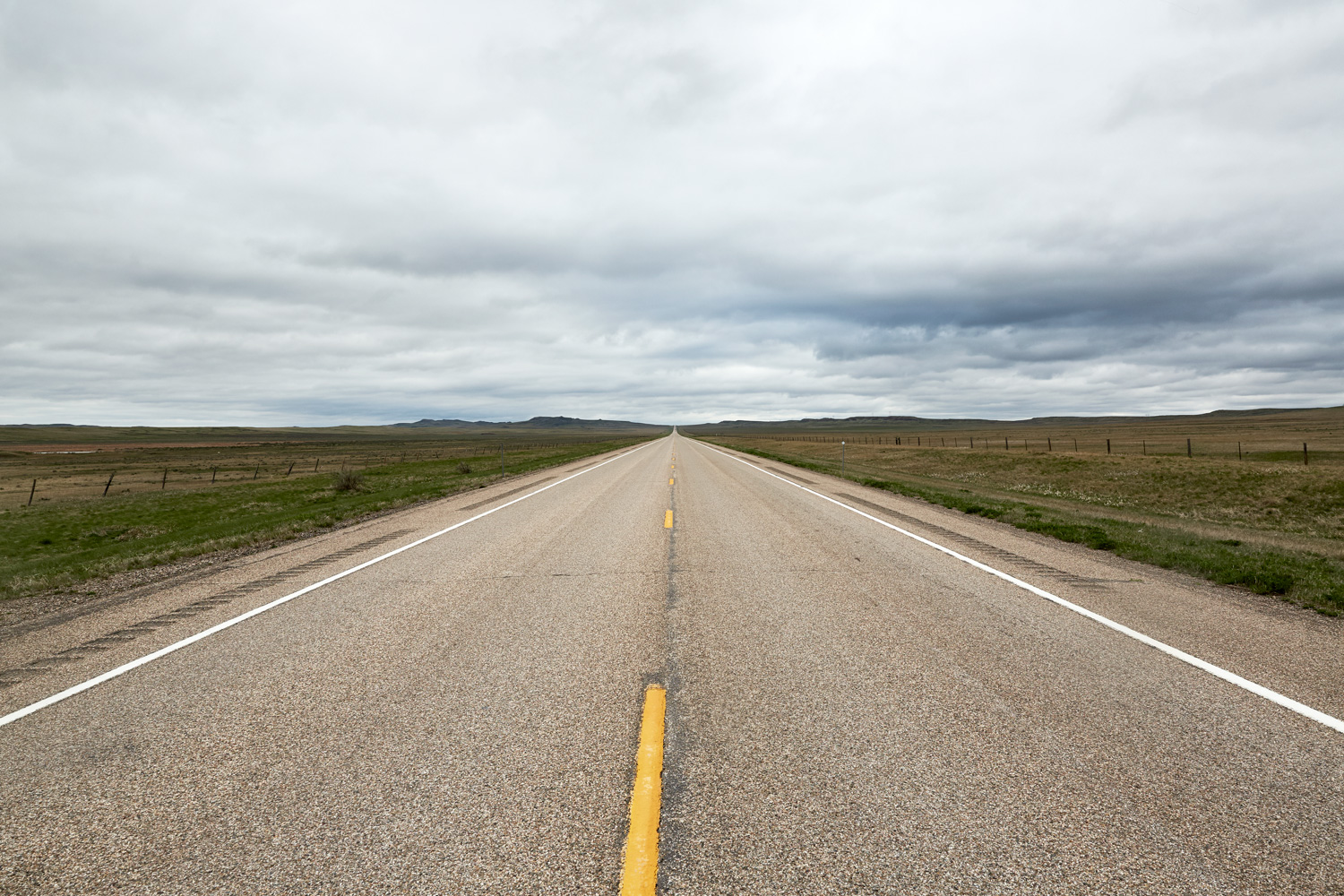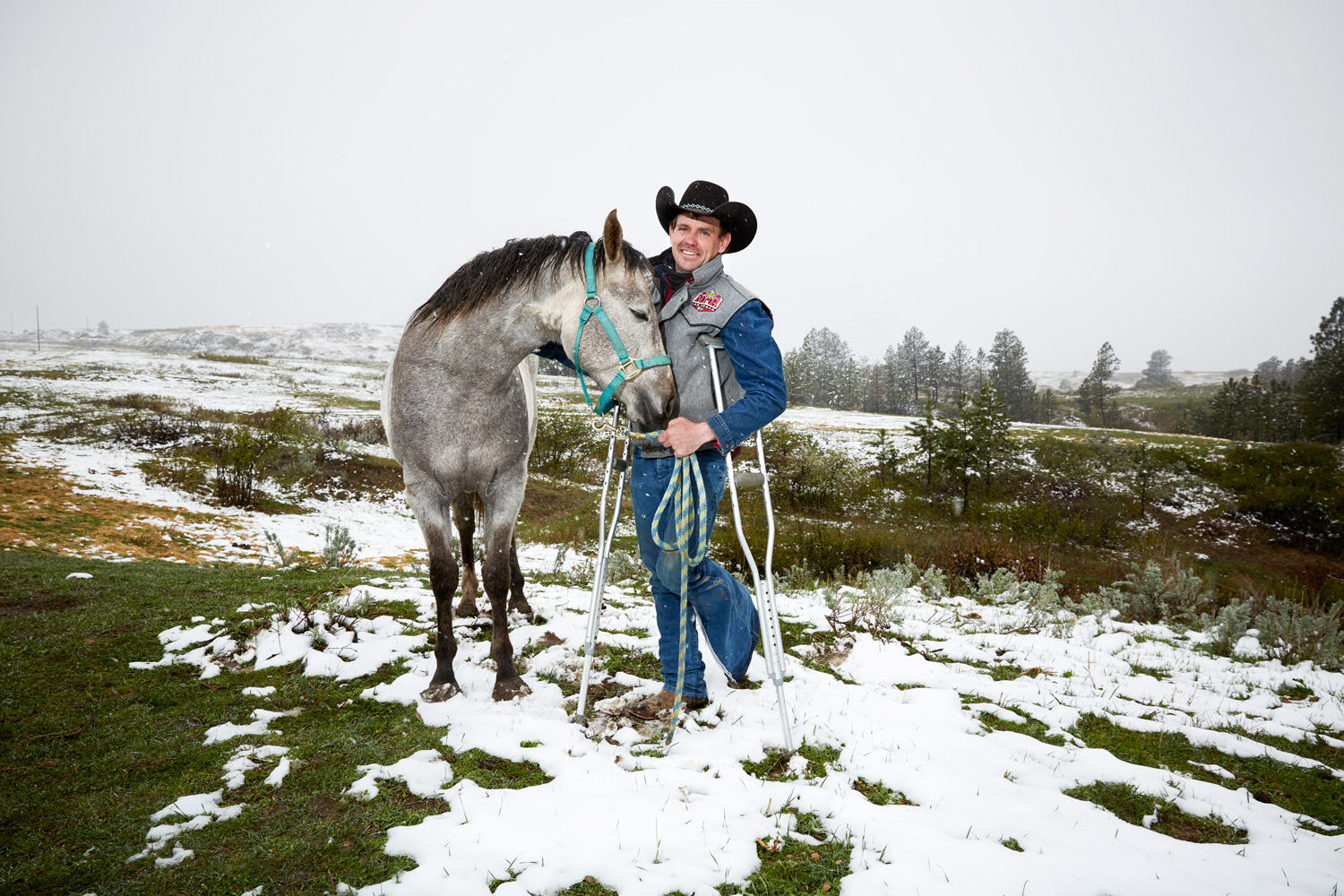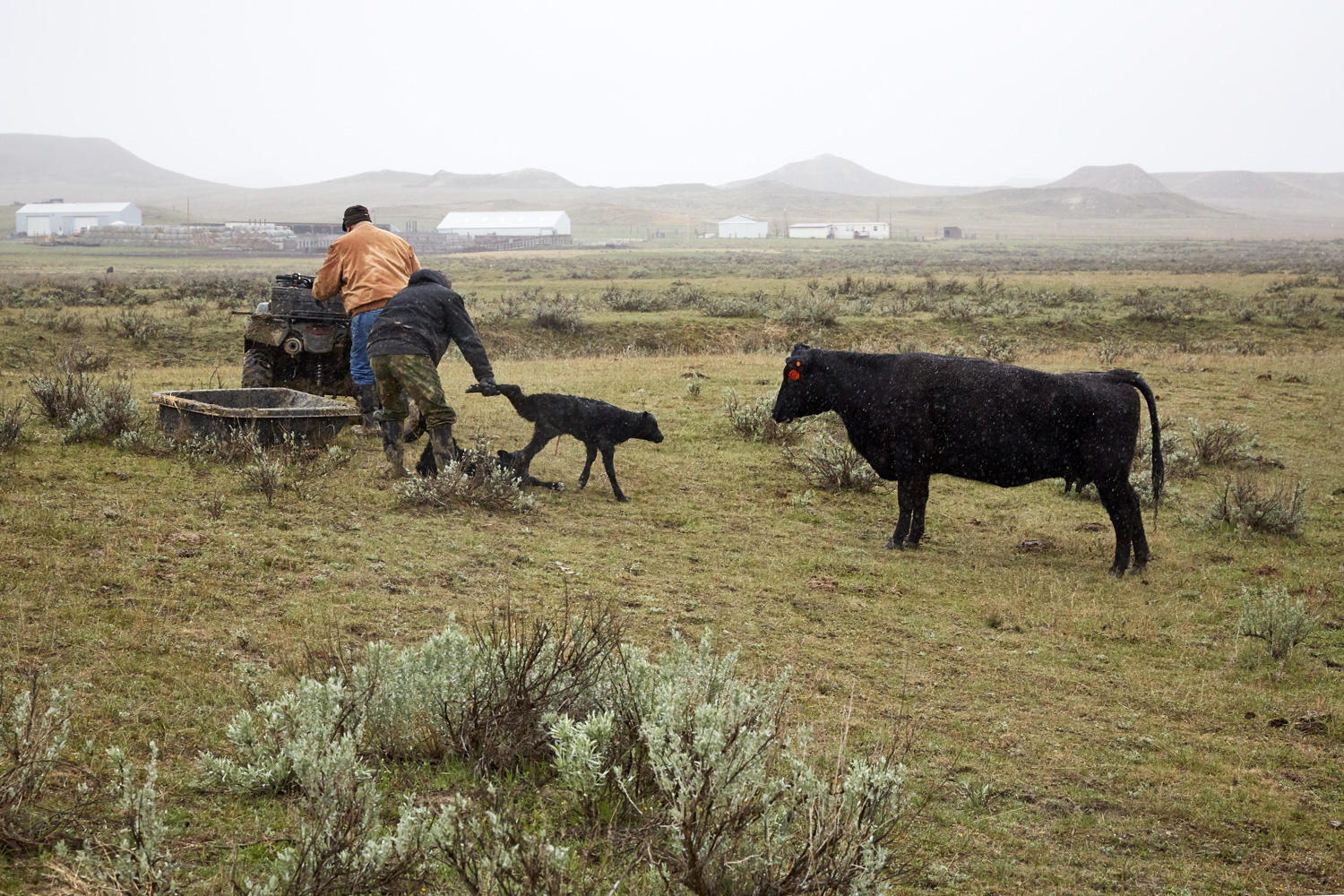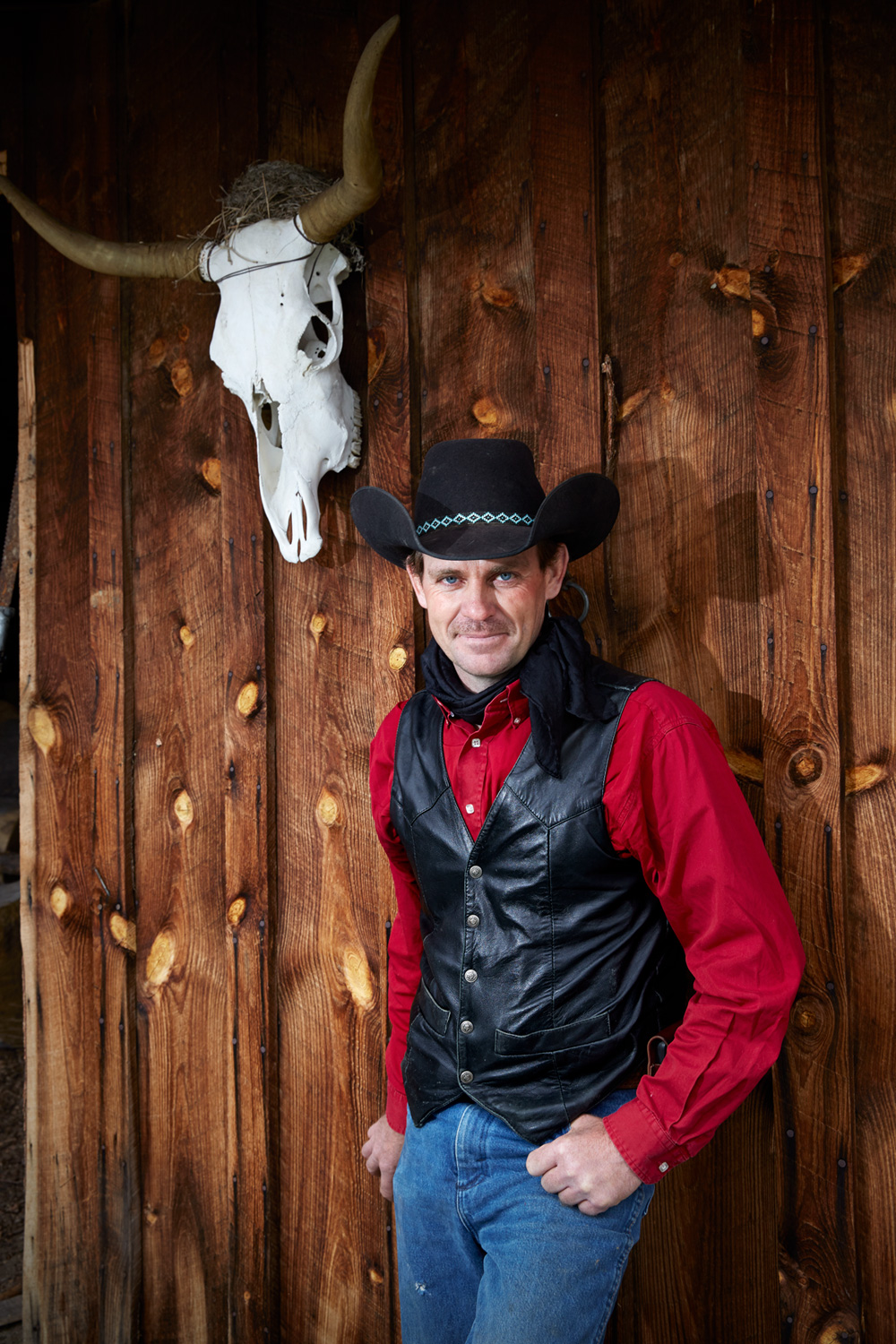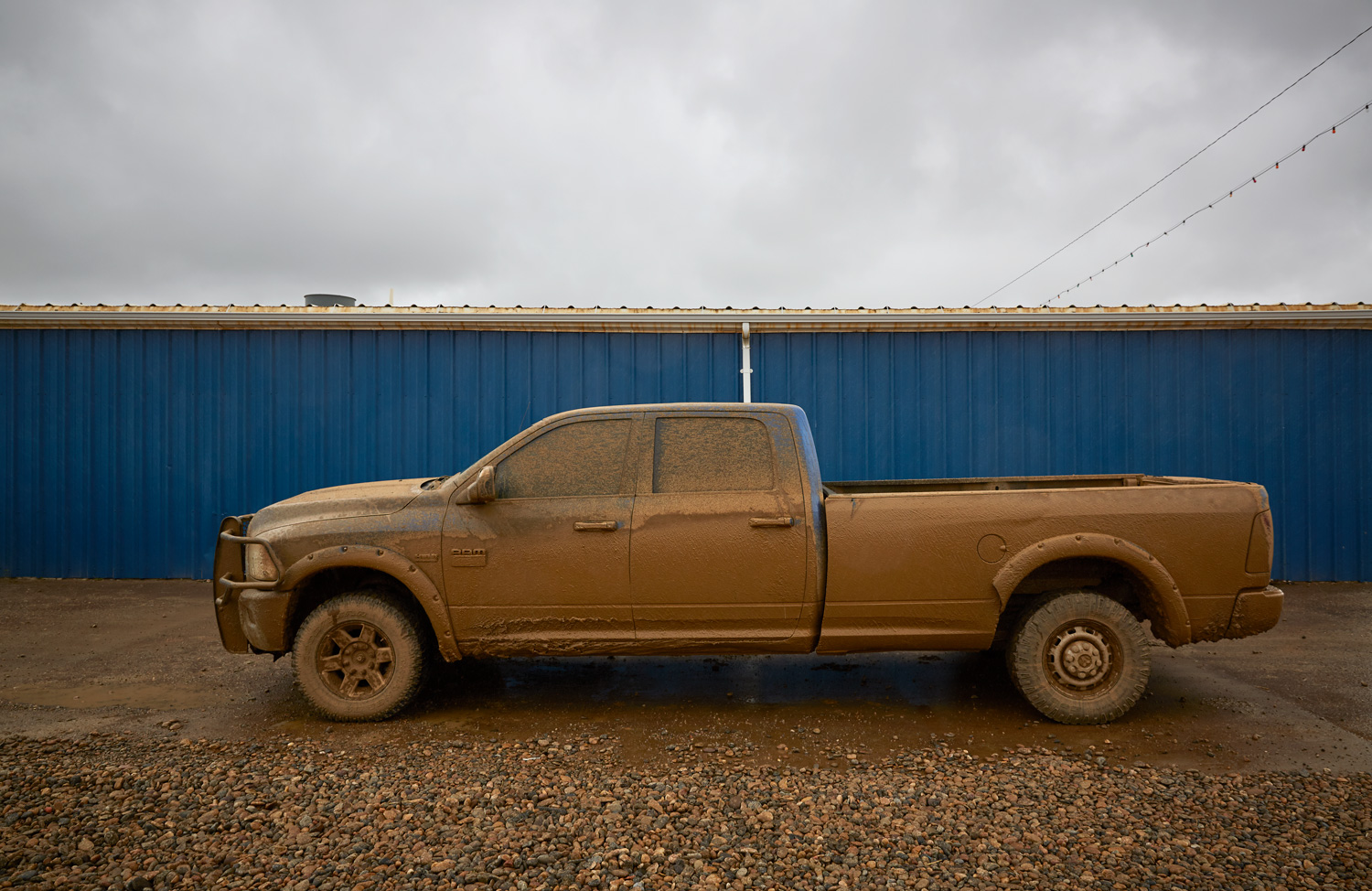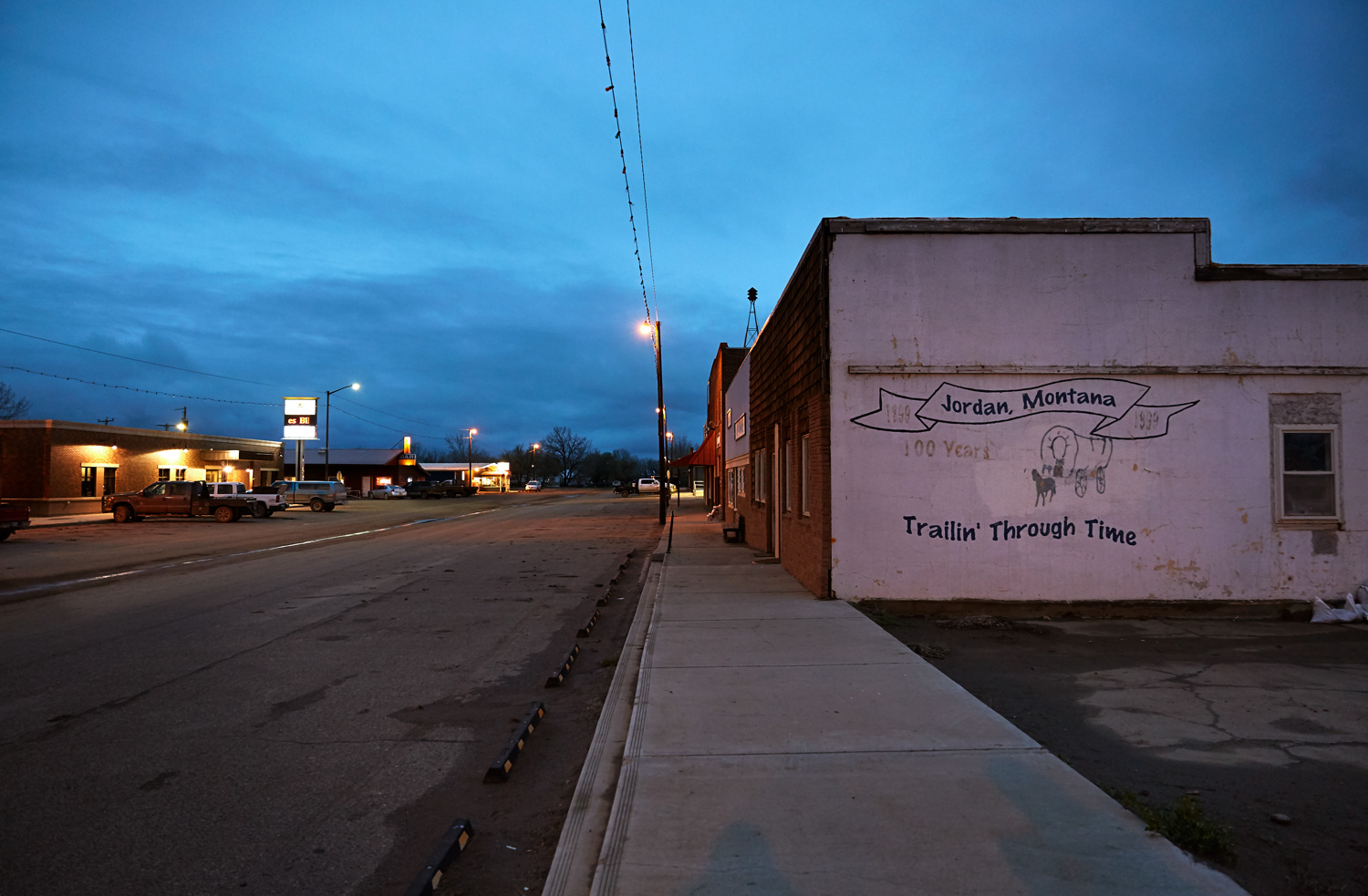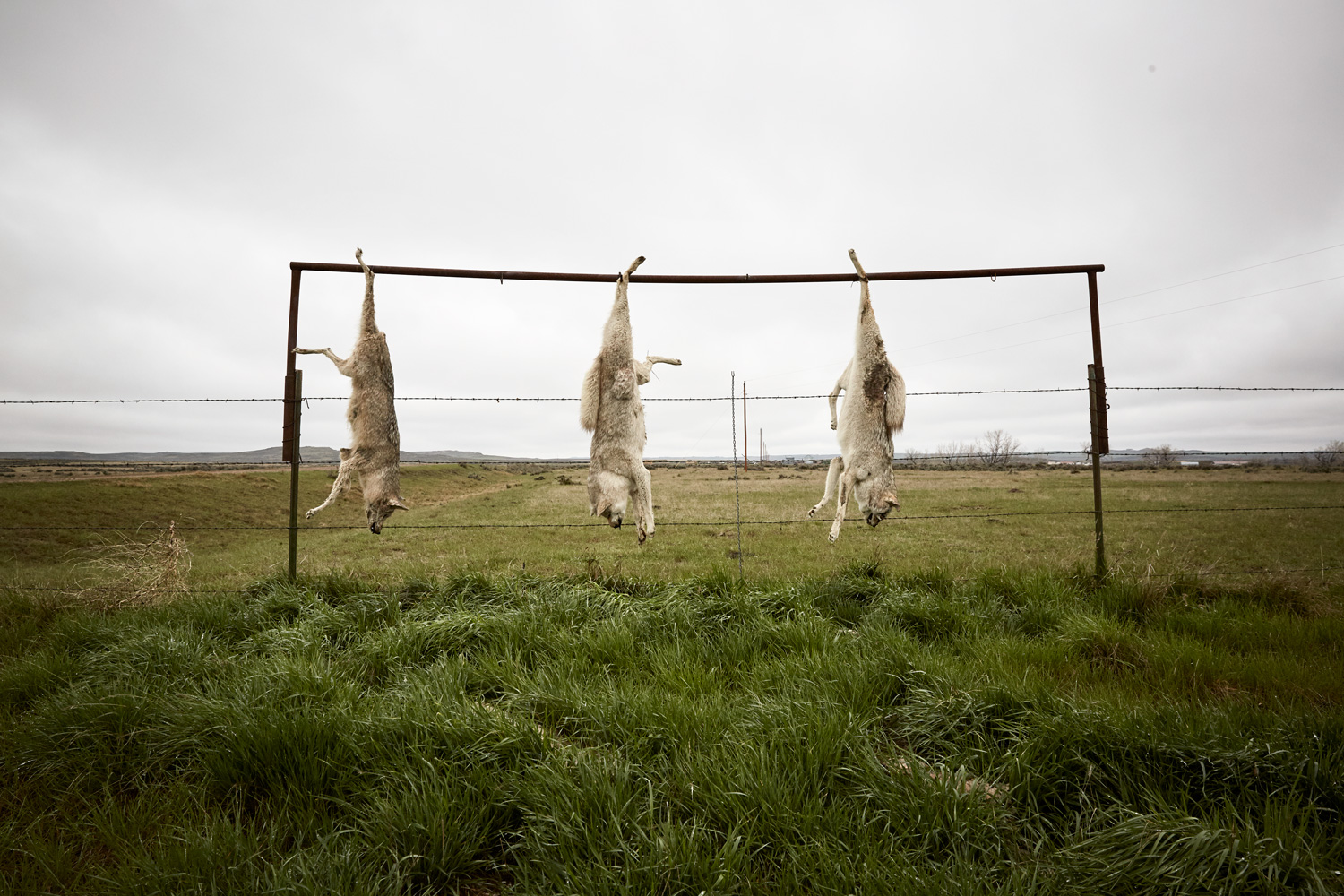Naturalis, Natural History Museum in Leiden, commissioned me to document the preparation of the Tyrannosaurus Rex they recently acquired for the exhibition's catalog. Meet Trix: an impressive old female who, from the looks of her bones, lived a turbulent life. She is one of the three most complete T. Rexes ever found, and the first one to be owned outside the United States.
In Hill City, South Dakota, I documented the preparation of her massive skeleton, and with Marijke Besselink, the book's writer, I drove out to the middle of nowhere, Montana, to see where she was found. Along the way, we met and talked with all the people involved in getting her out of the ground—it was an incredible privilege to see this operation up close.
TRIX will be on display at Naturalis natural history museum in Leiden from September 10.
This slideshow shows the preparation of the bones at the Black Hill geological institute in Hill City, South Dakota. Spending time with the paleontologists, I learned so much, and dinosaur bones forever earned a place in my heart. As it turns out, finding dino bones is a lot less straightforward than I thought: through erosion, bones come to the surface all the time. All of a sudden, skeletons kept in perfect condition for millions of years are once again exposed to the elements. Getting wet, freezing, and thawing, cause fragile bones to shatter. One day, you might walk on the land and find nothing at all. The next, you might find one of the biggest T. Rexes ever found. Get there too late, and she's gone. Hunting dinos is a slow but true thrill ride.
Trix is preserved with care: after taking samples for research, her bones are cleaned, saturated with protective glue and mounted for display. Replicas are made to fill in the gaps. 3D scans are made of each bone to ensure that everyone in the world can have access to the information: schools across the world could make 3D-printed replicas, and scientists everywhere can do further research.
The slideshow below shows our travels to Jordan, Montana, and further inland to the remote Black Angus ranch where TRIX was found. Never did I feel so far removed from the rest of the world, not even in the depths of the Amazon. Walking around the site, it was surreal to imagine the dinosaurs that roamed here in great numbers 66 million years ago. Within minutes, we stumbled upon bone fragments. Blaine Lunstad, who found TRIX, can be seen digging: he couldn't go five minutes without getting down in the dirt, and quickly came up with a shard of a Triceratops neck frill. He has a love/hate relationship with the cows when it comes to fossil hunting: cows love to chew on the bones, so their trails can lead you to great sites, but they're just as likely to trample them. Also featured are lucky land owner Lige Murray, and local bone hunter Clayton Phipps, also known as the Dino Cowboy.

